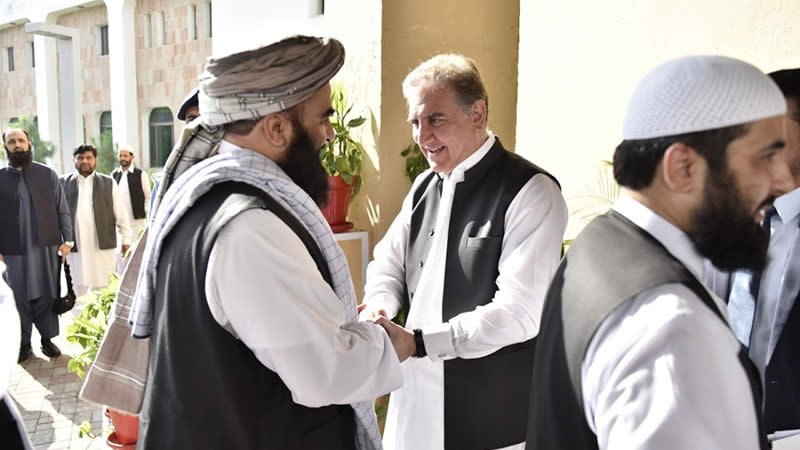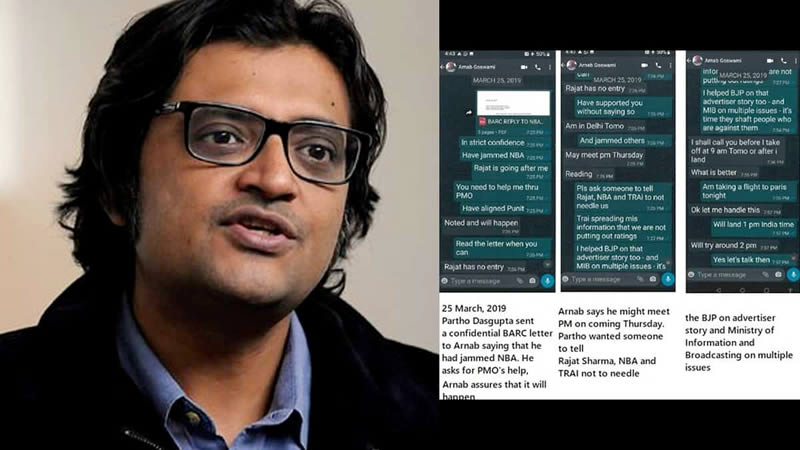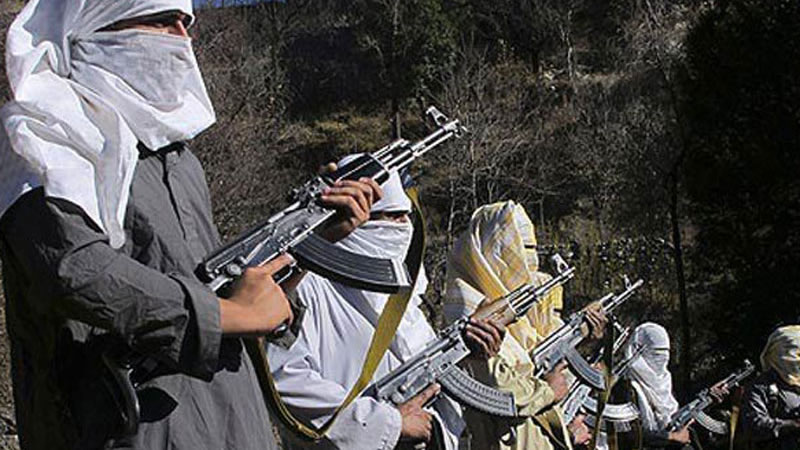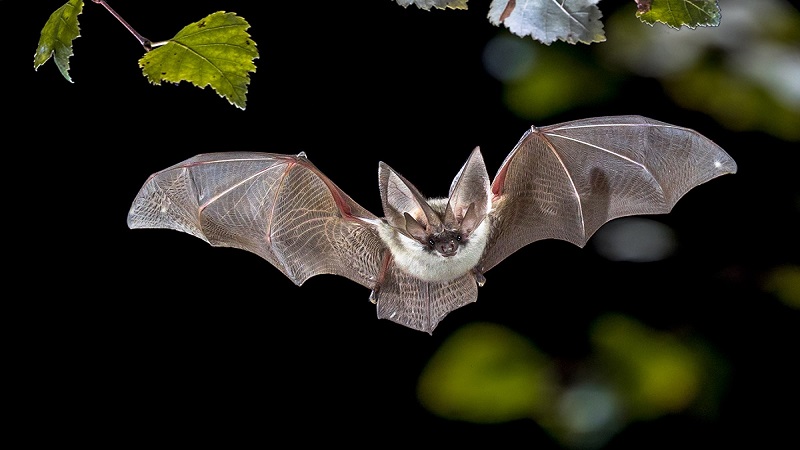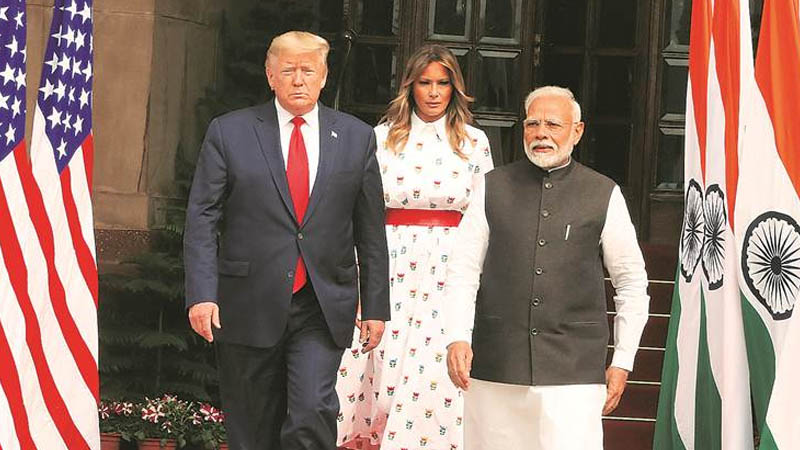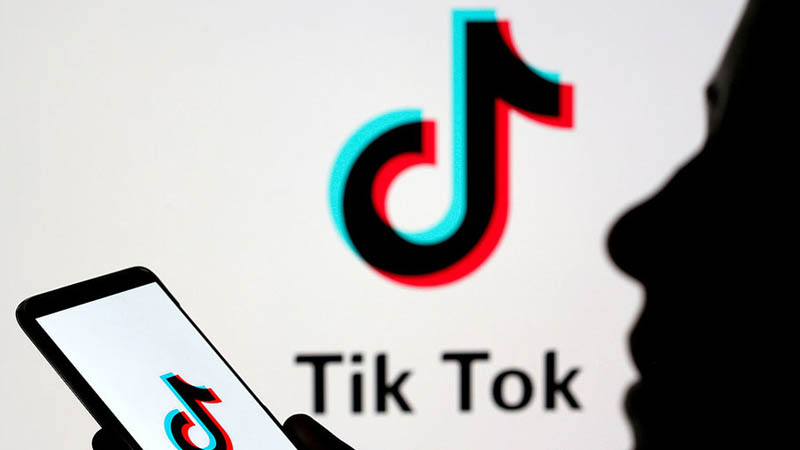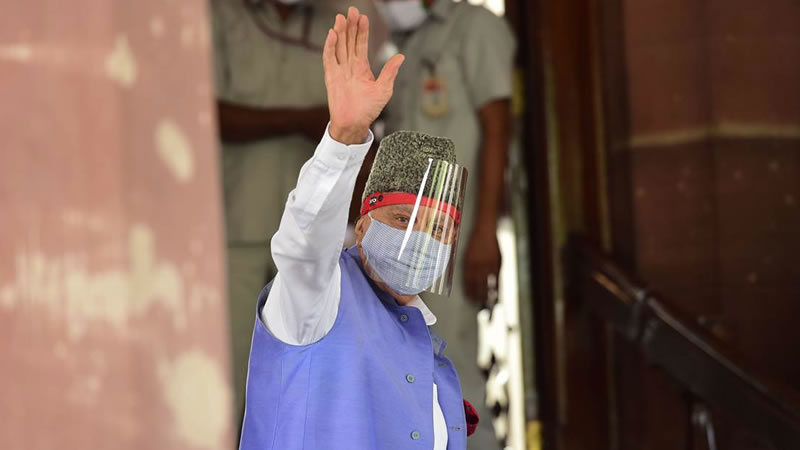
Imran Khan (IK) and the Pakistan Tehreek-i-Insaaf’s (PTI’s) Waziristan March against drone strikes and for peace set off with a bang, but ended in anti-climax with a whimper.
For days, if not weeks before the start of the march, IK and the PTI had raised the pitch of expectations from the march to unprecedented heights. If these statements were to be taken at face value, it seemed as though the resurrected ‘tsunami’ of the PTI would overcome all obstacles in its path and sweep all before it on the way to establishing peace in Waziristan. However, a reality check was, and is, in order. First and foremost, the PTI’s extremely ambitious and risky initial plan to march into North Waziristan (NW) was soon abandoned in the face of the very real dangers in that Agency, well known as it is for being the hotbed of jihadi extremists.
Better sense having prevailed, the PTI then turned its guns towards South Waziristan (SW), which is comparatively secure after the military operation had forced the extremists to abandon their bases there and move to NW and other areas in the face of overwhelmingly superior military force. However, even before the march roared off, the Khyber Pakhtunkhwa (KP) government and the Political Agent of SW had stated in categorical terms that the marchers would not be allowed into SW, especially since there were foreigners in the ranks who, under the existing rules, could not be allowed into FATA without prior permission (unlikely to be available even if it had been applied for). The march was eventually halted before the SW boundary, and turned back to Tank, where IK addressed a consolation rally. So much for all the hype about not allowing anything to stand in the way.
For the federal and KP governments, the affair had potentially embarrassing implications. IK, on the eve of the march, had declared that if anything happened to the marchers, he would hold President Asif Ali Zardari responsible. This rhetoric hardly made any sense. That notwithstanding, reports indicated that the Taliban had dispatched nine suicide bombers to attack the march. This may not have deterred the PTI, but it did pose potentially embarrassing management risks for the authorities, particularly because of the presence of foreigners in the ranks of the marchers, which could have resulted in a diplomatic incident.
As things turned out however, none of the Tehreek-i-Taliban Pakistan (TTP) threats transpired. The TTP in any case had been vacillating since the original threat to harm IK and the marchers if they attempted to enter SW. Be all that as it may, it is a matter of relief that no untoward incident occurred and the march remained peaceful. Before we turn to an assessment of the gains and losses for the PTI from this march, an interesting sidelight is the timing of the Amn (Peace) March in Karachi called by the MQM for exactly the same day and virtually the same time as the PTI march up north. Whether coincidence or deliberate, it certainly resulted in distracting the minute-by-minute coverage by the electronic media of the PTI march towards the MQM protest in Karachi.
To sum up the results of the PTI march, despite the fact that the vehicular procession was unable to reach its final destination, the publicity dividend the call and the march itself garnered for the PTI has certainly helped the flagging fortunes of the declining PTI ‘tsunami’, which of late seemed to be sputtering out, largely because of the PTI’s inherent and recent problems. IK’s foray into politics since 1996 has seen mixed fortunes.
The inherent problems of the PTI revolved around one, the lack of electable candidates with the exception of IK himself, and two, the lack of a countrywide party machine that could deliver in any elections. The first bottleneck was sought to be overcome by inducting prominent dissidents from other parties. Their placement centre-stage in the party caused much angst and heartburn amongst the older cadre who had consistently worked for the PTI for 16 long and largely fruitless years.
The idea of holding internal party elections to set a new example has also run into heavy weather because of internal dissidence and factionalism. The party machine issue still hangs fire. Having said all this, it is to IK’s credit that he has skillfully employed his considerable personal charisma to mobilize the young. But to translate this into electoral gains, the PTI still has a mountain to climb. – Dailytimes



